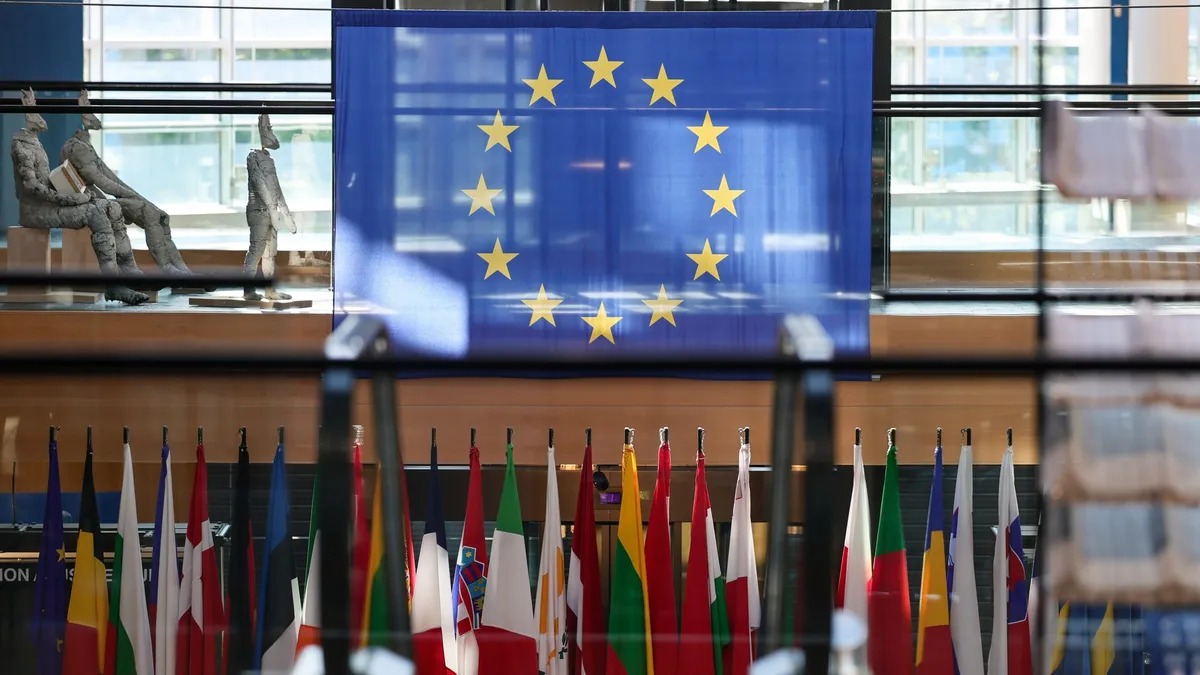By Antonia Zimmermann Ari Hawkins
“The Commission has so far — fortunately — pushed back against the most immediate German instincts,” Kleimann said.
“At the same time, the Commission now appears to be willing to accept an agreement — with a landing zone involving sectoral carve-outs from a 10 percent U.S. baseline tariff — that would … erode fundamental principles of the rules-based trading system and undermine EU strategic autonomy.”
Symmetry in asymmetry
At the other end of the spectrum are Paris and Madrid, which want to resist the U.S. president’s roughhouse negotiating tactics, according to two EU diplomats who were granted anonymity to discuss the closed-door trade talks.
At last week’s summit, French President Emmanuel Macron — who has been pushing for weeks for Trump to remove all tariffs — initially argued against rushing to accept an “asymmetrical” agreement just to meet Trump’s deadline. At the end of the meeting, however, he indicated he might be willing to accept a 10 percent tariff under certain conditions.
“It would be best to have the lowest tariff possible, zero percent is the best. But if it’s 10 percent, it’ll be 10 percent,” he said. “If the American choice falls on 10 percent, there will be a compensation on goods sold by the United States. The levy will result in the same levy on U.S. goods.”
Spain’s Prime Minister Pedro Sánchez, meanwhile, has tasted Trump’s anger: The U.S. president threatened new tariffs against Madrid last week after Sánchez refused to increase defense spending in line with other allies at a NATO summit — even though that wouldn’t be doable as the EU’s members operate as a trade bloc.
